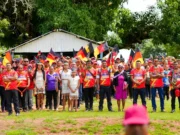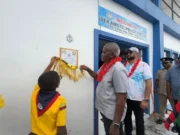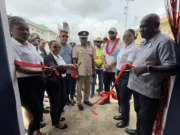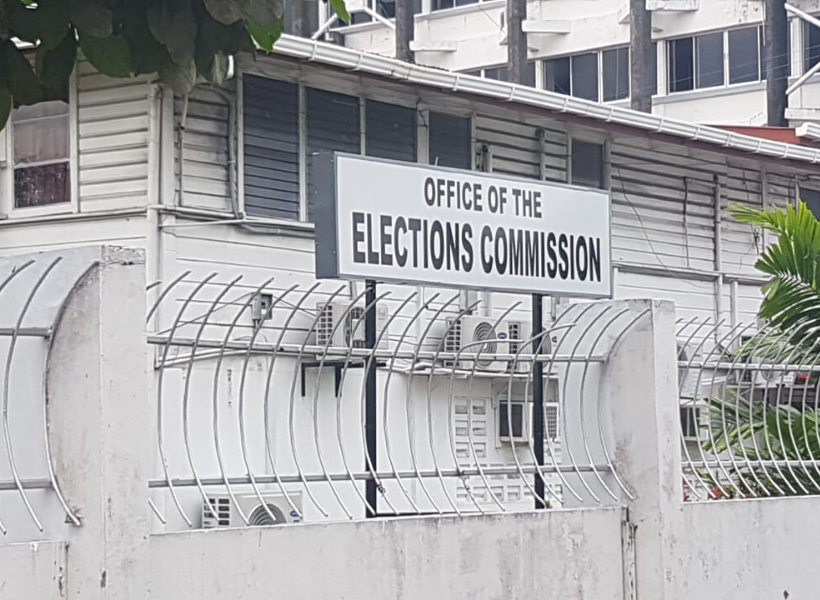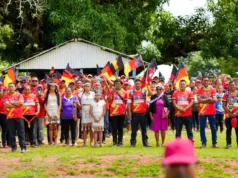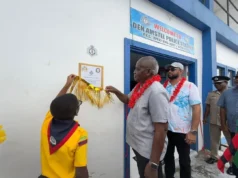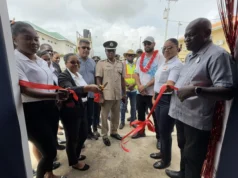By Sueann Wickham
Indigenous communities across the globe have long been custodians of their lands, harbouring rich natural resources that hold immense potential for economic growth and sustainable development. However, the lack of knowledge and skills in resource development often renders these communities vulnerable to exploitation.
Through this article the Guyana Standard aims to explore the importance of teaching indigenous villages how to develop their resources, drawing from examples of resource exploitation in Guyana and lessons learned from other countries.
**The Exploitation of Indigenous Resources in Guyana**
Guyana no doubt is blessed with abundant natural resources. But it has witnessed instances where indigenous communities have been taken advantage of due to their limited knowledge of resource development. The logging industry serves as a prime example, where indigenous lands have been targeted by unscrupulous loggers, leading to deforestation and loss of traditional livelihoods.
According to a report by the Forest Peoples Programme, indigenous communities in Guyana have faced challenges such as land grabbing, illegal logging, and inadequate compensation for resource extraction. The lack of knowledge on sustainable forestry practices and negotiation skills has left these communities at a disadvantage, resulting in the loss of their ancestral lands and resources.
**Lessons from Countries Empowering Indigenous Communities:**
Several countries have recognized the importance of empowering indigenous communities with resource development knowledge, leading to positive outcomes for both the communities and the nation as a whole.
**Canada**
Canada has made significant strides in empowering its indigenous communities to develop their resources sustainably. The Indigenous Skills and Employment Training Programme, launched in 2019, provides funding for training programmes tailored to the specific needs of indigenous communities. These initiatives focus on areas such as forestry, mining, and renewable energy, equipping indigenous individuals with the skills necessary to participate in resource development projects while safeguarding their cultural heritage.
The success of these initiatives can be seen in the case of the Fort McKay First Nation in Alberta, where the community established its own oil sands company. Through partnerships with industry leaders, the community has gained economic self-sufficiency while ensuring environmental stewardship and preserving their traditional way of life.
**New Zealand:**
New Zealand has also prioritized the empowerment of its indigenous Maori communities in resource development. The Maori Fisheries Act of 2004 established the Maori Fisheries Commission, which manages and allocates fishing rights to Maori tribes. This legislation recognizes the inherent rights of Maori to their traditional fisheries and ensures their active involvement in decision-making processes.
As a result, Maori communities have been able to leverage their fishing resources for economic development, creating employment opportunities and promoting cultural revitalization. The Maori fisheries model serves as an inspiring example of how indigenous communities can thrive when provided with the knowledge and tools to develop their resources sustainably.
**The Benefits of Indigenous Resource Development:**
Teaching indigenous villages how to develop their resources offers numerous benefits, both for the communities themselves and the wider society.
**Economic Empowerment:**
By equipping indigenous communities with resource development knowledge, they can actively participate in economic activities, leading to improved livelihoods and reduced poverty rates. This economic empowerment enables communities to invest in education, healthcare, and infrastructure, fostering long-term sustainable development.
**Cultural Preservation:**
Resource development knowledge empowers indigenous communities to protect and preserve their cultural heritage. By incorporating traditional practices and values into resource management, communities can ensure the sustainability of their resources while maintaining their unique identities.
**Environmental Stewardship:**
Indigenous communities often possess deep knowledge of their ecosystems and have a vested interest in their preservation. By teaching them sustainable resource development practices, we can harness their traditional wisdom to protect the environment, mitigating the negative impacts of resource extraction and promoting conservation efforts.
The importance of teaching indigenous villages how to develop their resources cannot be overstated. With a history of exploitation of indigenous resources in Guyana, there is an urgent need to empower these communities with knowledge and skills in sustainable resource development.
By learning from countries such as Canada and New Zealand, where indigenous communities have thrived through resource development, the Guyanese government can pave the way for a future where indigenous people are active participants in shaping their own destinies while preserving their cultural heritage and safeguarding the environment.
